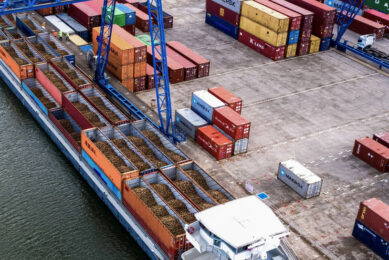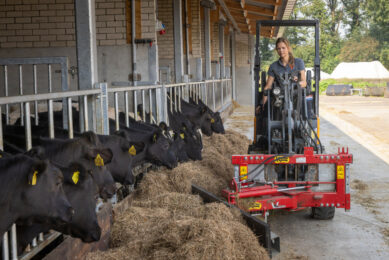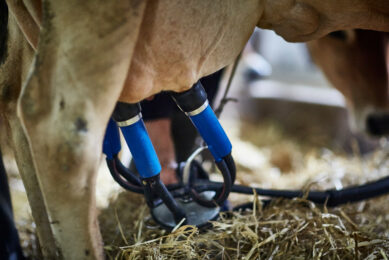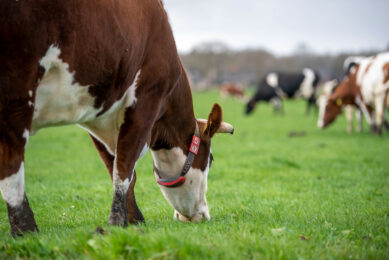Detecting ketosis: A time-saving method
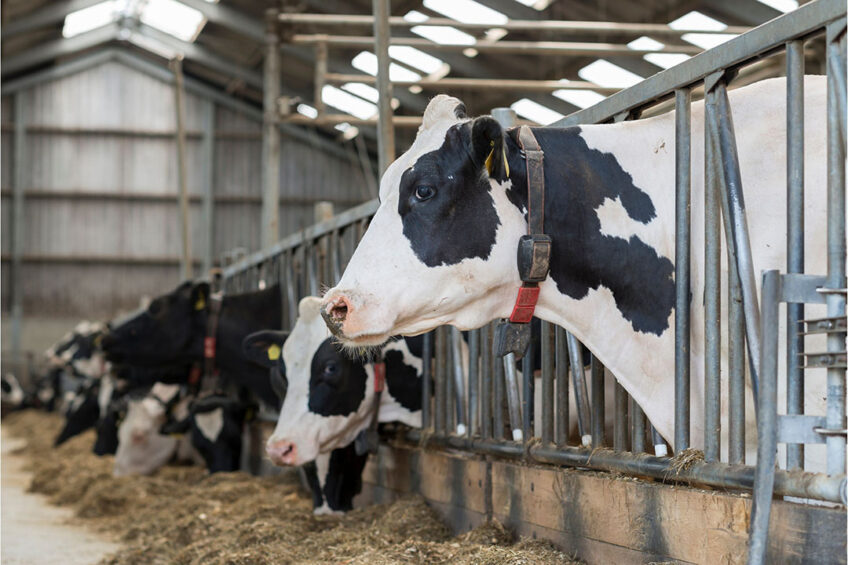
Around 3-quarters of diseases in dairy cows typically occur in the first month after calving, while around 50% of dairy cows experience some sort of diseases during the transition period. Researchers have developed a new method of detecting the disease through linking data from the analysis of a cow’s milk.
So, improving transition management and minimising the effect of immune suppression, hypocalcemia, and negative energy balance provides a large opportunity to decrease disease and increase the welfare and productivity of the herd.
Negative energy balance occurs around calving due to the gap formed by reduced intake in feed at a time when demand for energy for late foetal growth and milk production rapidly increases. When this becomes excessive, they are at risk of ketosis, with ketones building up in the blood, milk and urine. In excess, these ketones have negative consequences with respect to fertility, according to animal health company, Elanco, which says:
- Cows with sub-clinical ketosis give 358kg less milk across their whole lactation.
- There is a 25% reduction in antibiotic use after reducing ketosis incidence.
- Cows have a 50% less chance of getting pregnant on the first AI.
- The total cost of hidden ketosis is £220 (€255.97).
Roxy Winstanley, Elanco account manager, said cows with subclinical ketosis are also 1.5 times more likely to go lame, twice as likely to develop mastitis, and 6 times more likely to develop cystic ovaries. While only 0.5% of cows might develop ketosis, up to 60% of freshly calved cows may be suffering from sub-clinical ketosis.
New method
But now, researchers have developed a new method of detecting the disease by linking data from the analysis of a cow’s milk with other information about the cow to predict future progression in the animal’s health.
Professor Olav Reksen of the Norwegian University of Life Sciences said in a recent study involving 61 Norwegian Red cows, milk samples were taken a week before calving and then again 100 days after the cows gave birth. Milk composition in the samples was analysed using infrared spectrometry.
After calving, blood samples were taken from the cows to find out if they had developed sub-clinical ketosis. The research team then analysed the fatty acid composition in the samples to see if there were indications that might reveal the disease.
After collating data from the milk samples with other information recorded for each cow, the researchers discovered a pattern that correlated with the presence of sub-clinical ketosis in the blood samples.
“This means we can apply mathematical methods to data from standard milk samples to help us determine whether a cow has contracted subclinical ketosis. It also means we no longer have to take blood samples.
“Once we’ve fine-tuned the method, dairy farmers will be able to get feedback directly from the dairy as to whether the cow has the disease. A farmer can then take action to correct any energy deficiencies at an early stage, enabling the cow to stay healthy and fertile, as well as maintain its high levels of milk production,” he added.
Real-time data of each cow
Amira Rachah, a mathematician at SINTEF – one of Europe’s largest independent research organisations – said the team had succeeded in building models that identified the systematic changes in fatty acid properties and composition of the milk samples: “I believe that if dairy farmers have access to real-time data on each of their cows, we have the potential to revolutionise milk production.”
Half of Norway’s cows are currently milked by robots that gather individualised data on parameters including when a cow is milked and how much it produces: “When we combine data on the composition of samples with those derived from the robots, we will have a better basis for the creation of algorithms that can identify the signs that will indicate the future development of subclinical ketosis. Our aim here is to be able to predict the onset of the disease before a cow actually becomes sick.”
Join 13,000+ subscribers
Subscribe to our newsletter to stay updated about all the need-to-know content in the dairy sector, two times a week.



